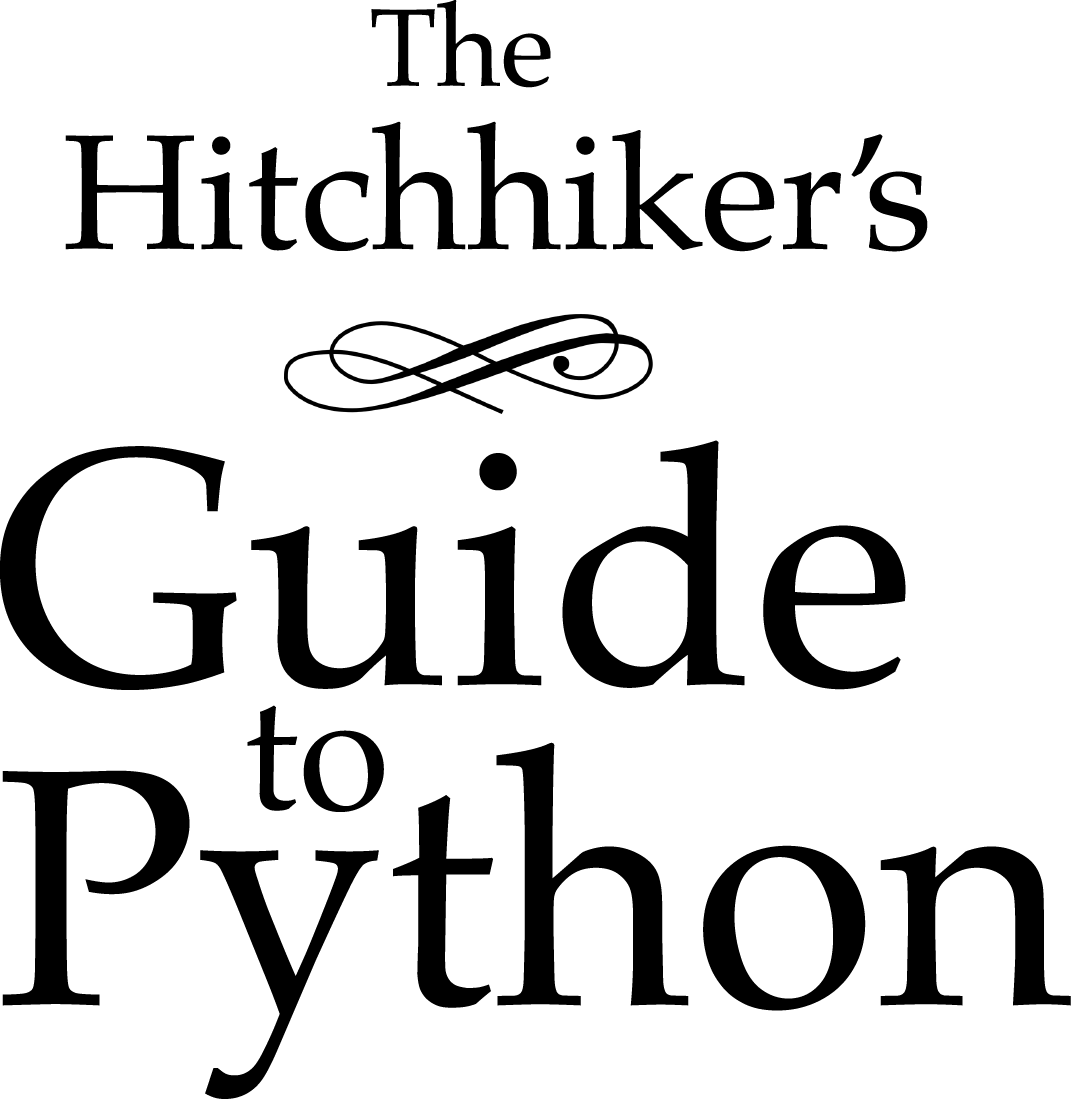Network Applications¶

HTTP¶
The Hypertext Transfer Protocol (HTTP) is an application protocol for distributed, collaborative, hypermedia information systems. HTTP is the foundation of data communication for the World Wide Web.
Requests¶
Python’s standard urllib2 module provides most of the HTTP capabilities you need, but the API is thoroughly broken. It was built for a different time — and a different web. It requires an enormous amount of work (even method overrides) to perform the simplest of tasks.
Requests takes all of the work out of Python HTTP — making your integration with web services seamless. There’s no need to manually add query strings to your URLs, or to form-encode your POST data. Keep-alive and HTTP connection pooling are 100% automatic, powered by urllib3, which is embedded within Requests.
Distributed Systems¶
ZeroMQ¶
ØMQ (also spelled ZeroMQ, 0MQ or ZMQ) is a high-performance asynchronous messaging library aimed at use in scalable distributed or concurrent applications. It provides a message queue, but unlike message-oriented middleware, a ØMQ system can run without a dedicated message broker. The library is designed to have a familiar socket-style API.
RabbitMQ¶
RabbitMQ is an open source message broker software that implements the Advanced Message Queuing Protocol (AMQP). The RabbitMQ server is written in the Erlang programming language and is built on the Open Telecom Platform framework for clustering and failover. Client libraries to interface with the broker are available for all major programming languages.

